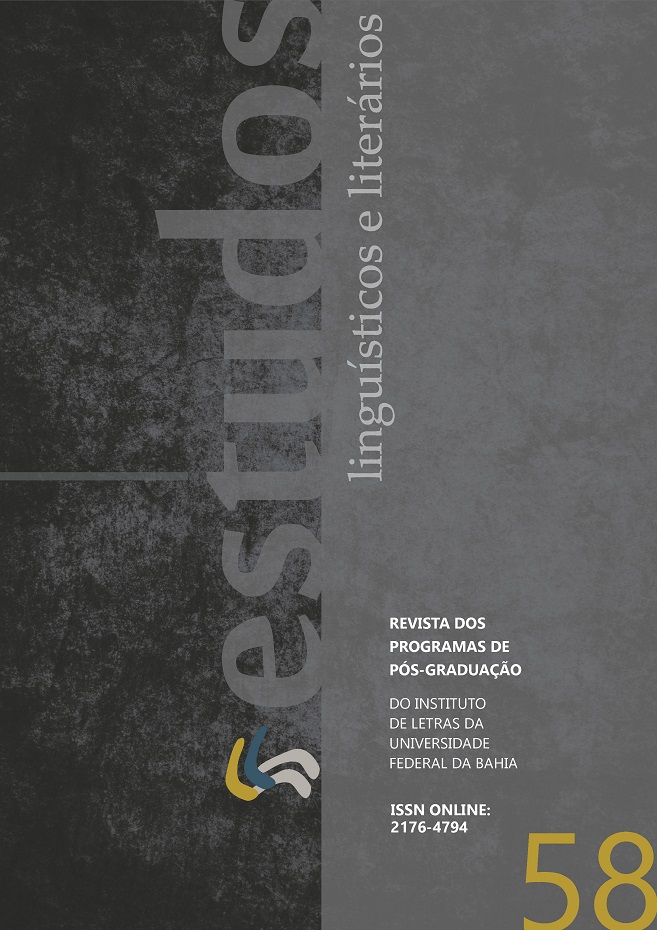DEL QUE GATO MATARE AGENO: ESTRUCTURAS ESCINDIDAS EN LOS FUEROS CASTELLANOS | DEL QUE GATO MATARE AGENO: DISCONTINUOUS STRUCTURES IN THE MEDIEVAL FUEROS OF CASTILE
DOI:
https://doi.org/10.9771/ell.v0i58.26809Palavras-chave:
Fueros castellanos, Hipérbato, Estructuras discontinuas, Estructuras escindidas, Castellano medieval. | Castilian fueros, Hyperbaton, Discontinuous structures, Split structures, Medieval Castilian.Resumo
En los fueros castellanos medievales se documenta un conjunto de hipérbatos o estructuras discontinuas en el interior de un SN (Del que gato matare ageno), entre dos sintagmas coordinados (Qui uvas cogiere o fructa) y en las subordinadas relativas (Si alguno ramo de arbor taiare que fruto lieue) a las que se dedica la atención en este estudio. En él se explora si existe una correlación entre la aparición de estas estructuras discontinuas y otros rasgos de la gramática de estos fueros, concretamente si se dan principalmente en los fueros sintácticamente más latinizantes.
Abstract:
In this study we analyse a set of hyperbatons or discontinuous structures that occur in the medieval fueros of Castile, viz. within a nominal syntagm (Del que gato matare ageno), between two coordinated syntagms (Qui uvas cogiere o fructa), and in subordinate relative clauses (Si alguno ramo de arbor taiare que fruto lieve). We try to determine whether there is a correlation between the occurrence of such discontinuous structures and other grammatical features of these fueros, in particular, whether they mainly occur in the fueros with the most Latinate syntax.


